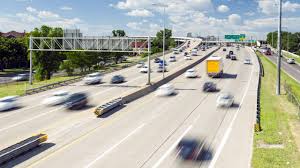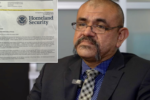In 2024, car insurance rates have seen a dramatic increase in several states, creating an additional financial burden for drivers already grappling with inflation. According to a report from Insurify, the average cost of auto insurance has risen by 15% nationwide, bringing the typical full-coverage policy to $2,313 per year.
Sharpest Increase in Minnesota
Minnesota has experienced the sharpest rise in car insurance rates, with costs soaring by a staggering 58%. The average rate now stands at $2,524. This sharp surge can be attributed to severe weather events in the region, particularly the record-breaking 6-inch hailstones and severe storms that caused significant property damage, according to the Minnesota Department of Natural Resources. These extreme weather events increase the likelihood of insurance claims, which in turn raises premiums for drivers.
Maryland’s Increased Rates Due to Uninsured Motorist Law
In Maryland, car insurance rates have climbed 53%, reaching an average of $4,060. A contributing factor to this increase is a new law that mandates uninsured motorist coverage. This legal change has placed additional pressure on insurance providers, as they are now required to cover damages caused by drivers who do not carry adequate insurance. As a result, insurers have raised rates to cover the increased financial risk.
California Faces Hikes Due to Wildfires and Liability Requirements
California, known for its wildfire risks, has seen its car insurance rates rise by 48%, bringing the average cost to $2,575. The increase can be partly attributed to the heightened risks of wildfires, which can cause widespread damage to vehicles and infrastructure. Additionally, the state has introduced higher liability requirements for car insurance, placing further strain on insurers and driving up premiums for drivers.
Nationwide Impact and Future Projections
Across the country, these increases have added to the financial strain faced by drivers. With inflation already impacting household budgets, the rise in car insurance costs presents a significant challenge. While Insurify predicts that rate hikes may slow down in 2025, they caution that legal changes and climate risks could still lead to further price increases in the future.
Experts advise drivers to shop around for the best coverage options, as rates vary significantly from state to state and even between insurance providers. Additionally, taking steps to improve one’s driving record or increasing deductibles can help mitigate some of the financial impacts of these rising costs.
Disclaimer – Our team has carefully fact-checked this article to make sure it’s accurate and free from any misinformation. We’re dedicated to keeping our content honest and reliable for our readers.








